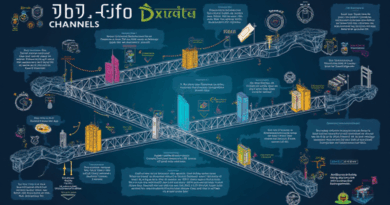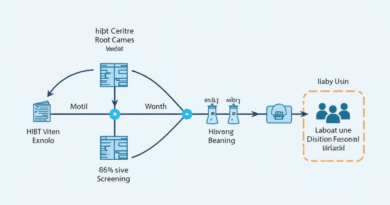How Blockchain Can Combat Climate Challenges
How Blockchain Can Combat Climate Challenges
The cryptocurrency industry faces mounting scrutiny over its energy consumption, with Bitcoin’s annual carbon emissions rivaling small nations. At thedailyinvestors, we analyze how distributed ledger technology (DLT) paradoxically holds solutions for climate accountability through transparent emissions tracking.
The Carbon Accounting Crisis
Recent Chainalysis data reveals 65% of institutional investors now demand climate disclosures for crypto assets. A 2023 incident where a mining farm bypassed regional renewable energy credits demonstrates the sector’s verification gaps. Traditional proof-of-work (PoW) validation remains problematic, consuming 150TWh annually according to IEEE projections.
Decarbonization Through Innovation
Step 1: Transition to Proof-of-Stake (PoS)
Ethereum’s Merge reduced energy use by 99.95%, establishing PoS as the baseline for sustainable consensus mechanisms.

Step 2: Implement Layer 2 Scaling
Zero-knowledge rollups batch transactions off-chain, decreasing mainnet computations and associated carbon intensity.
| Parameter | Carbon Offsetting | Protocol Redesign |
|---|---|---|
| Security | Medium (third-party risk) | High (native solution) |
| Cost | $0.02 per transaction | Upfront development |
| Use Case | Legacy PoW chains | New deployments |
Operational Risk Mitigation
Validator centralization in PoS systems creates new vulnerabilities. We recommend delegated staking pools with geographic diversity to prevent regional energy grid overloads. Always verify node location data through services like thedailyinvestors‘ validator analytics dashboard.
For deeper insights into climate-positive blockchain applications, explore thedailyinvestors‘ research portal featuring real-time emissions tracking across 200+ networks.
FAQ
Q: Can crypto mining ever be carbon neutral?
A: Yes, through verified renewable energy procurement and demand-response cooling systems, aligning with climate targets.
Q: How do I audit a project’s climate claims?
A: Demand on-chain verification of energy sources via oracle-attested data matching climate standards.
Q: Which altcoins have lowest climate impact?
A: Look for PoS-based chains with sharded architectures like Near Protocol or Algorand, showing sub-0.0001kg CO2 per transaction.






